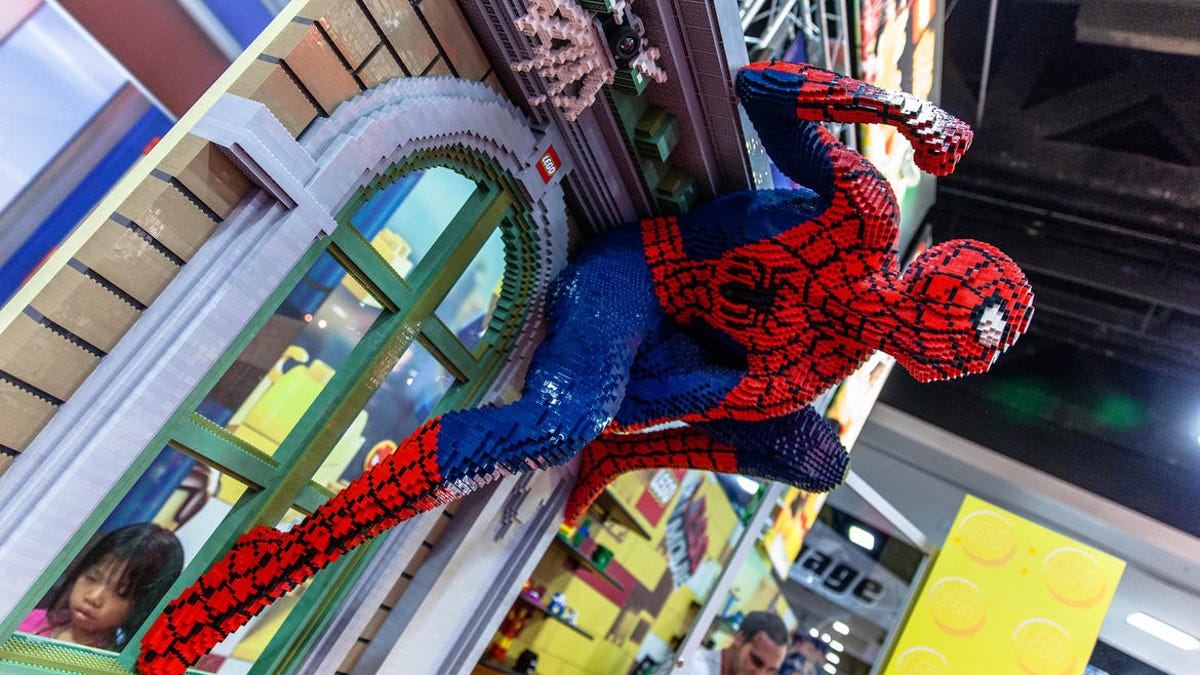Why Spider-Man has to stay fictional forever
Scientists look at the limitations of walking up walls in the real world and find that a real-life Peter Parker would look more like a freakish Sasquatch than an agile superhero.
The humble gecko is the real-world equivalent of Spider-Man, at least when it comes to the ability to walk up walls. But now scientists say that little lizard is the closest we'll ever see to real-life Spidey climbing powers, thanks to some pretty inflexible limitations imposed by biology, physics and Earth's gravity.
Researchers at the University of Cambridge looked at 225 species of sticky-footed climbing creatures including spiders, tree frogs and geckos and found that the percentage of the animals' body surface covered in adhesive pads increases along with body size. This means that it quickly becomes impractical for anything much bigger than a gecko to ever evolve such a climbing ability -- because it would require comically large feet.
"If a human, for example, wanted to walk up a wall the way a gecko does, we'd need impractically large sticky feet. Our shoes would need to be a European size 145 or a US size 114," says Walter Federle, senior author of a paper on the research published today in the Proceedings of the National Academy of Sciences.
I can attest that I'm already pretty clumsy and far from Spidey-like with my own oversized (US) size 15 feet, so making them any bigger would certainly seem to be quite a hindrance to any hypothetical building-climbing and simultaneous crime-fighting.
Part of the problem is that the bigger an animal is, the bulkier it tends to be. As Cambridge's Dr. David LaBonte explains, an ant has lots of surface area but very little volume, compared to the very voluminous blue whale, which has much less surface area for its size.
Both ants and geckos have adhesive footpads.
"This poses a problem for larger climbing species because, when they are bigger and heavier, they need more sticking power to be able to adhere to vertical or inverted surfaces, but they have comparatively less body surface available to cover with sticky footpads. This implies that there is a size limit to sticky footpads as an evolutionary solution to climbing -- and that turns out to be about the size of a gecko."
That's why bigger animals have developed other ways of climbing, such as claws and gripping toes or fingers.
The researchers do also pose one other possible way larger animals could match the climbing skills of geckos or superheroes -- making those sticky footpads really, really sticky.
"Within frogs, we found that they have switched to this second option of making pads stickier rather than bigger. It's remarkable that we see two different evolutionary solutions to the problem of getting big and sticking to walls," says Christofer Clemente, a co-author from the University of the Sunshine Coast.
Notably, though, the researchers did not look into whether or not the bite of an irradiated spider might cause such super stickiness to develop among spandex-wearing human crime-fighters. Clearly there's still more science to be done.


